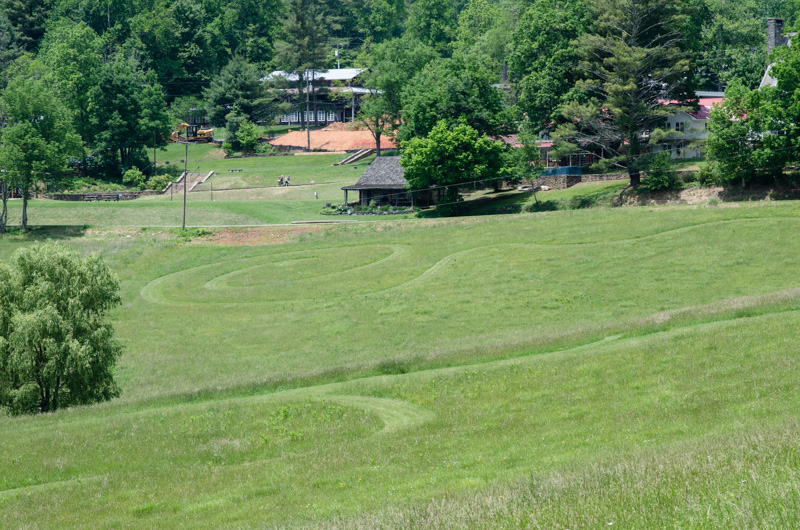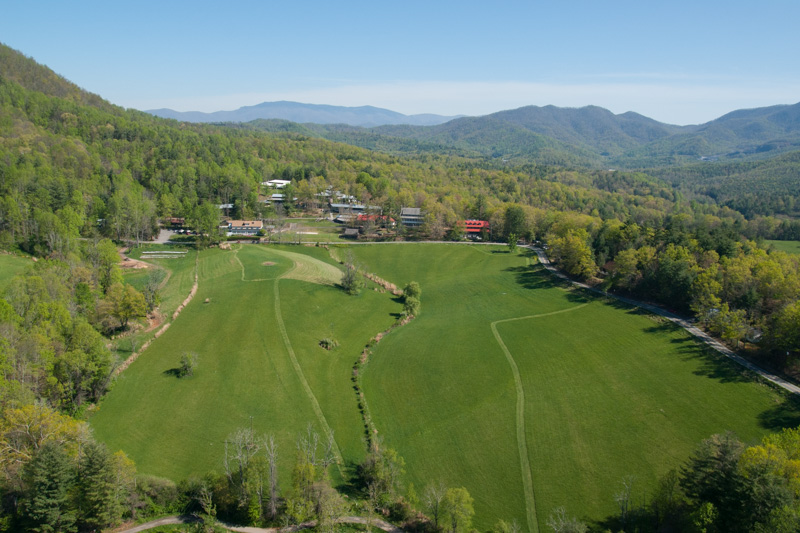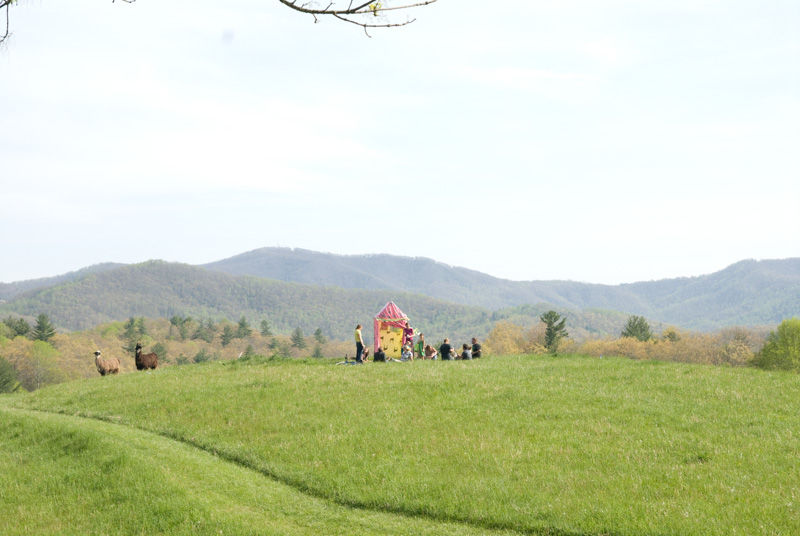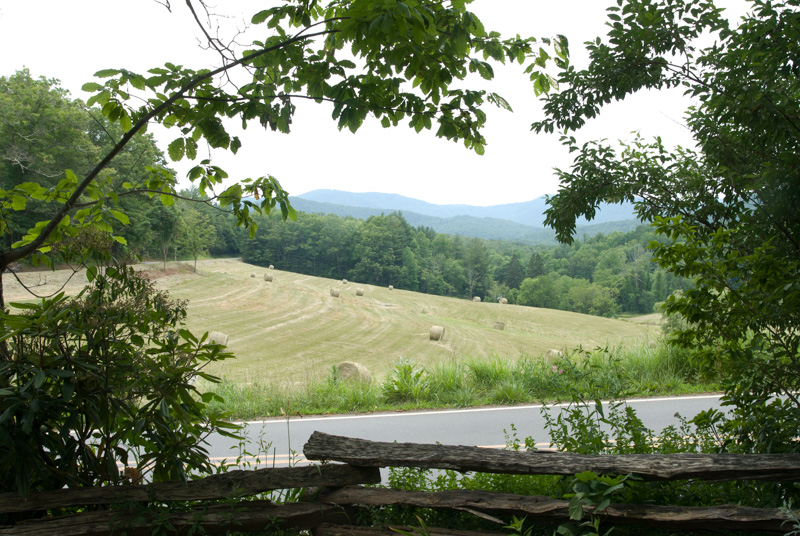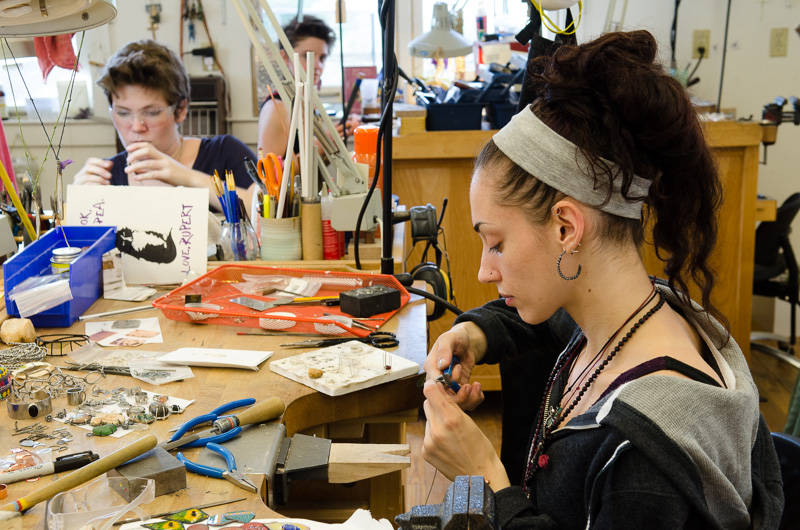Ruth Easterbrook was a work-study student in the spring 2014 concentration session. She fulfilled part of her work-study obligation by doing research for the Penland communications office (the folks who bring you this blog). Sometime near the end of the session, she needed a break from looking things up, so we asked her to write us a story about her time at Penland. Here it is–straight from the Penland clay studio.
Being here, at Penland School of Crafts for eight weeks, I feel like the luckiest person. I am surrounded by beautiful hills, talented people, and find myself in one of the most inspiring classes I have taken. I am in the clay concentration taught by David Eichelberger, which has forever expanded my perspective on handbuilding. In the past I have taken many classes that focus on using the wheel and throwing uniform practical shapes. By removing the wheel, the entire process is slowed down and there is a new attention to the surface and form that creates a perfect combination for wonderful things to emerge. And that is exactly what has been taking place for me and all the unusually talented people who surround me in my class.
Looking back at the first day of our time here, it all began with simple pinch pots like the ones elementary school kids make. We were each given a lump of clay to pinch into a cup-like form. Working with the clay in this way, pinching it between your fingers to slowly open and thin out the walls, there is a wonderful expression of the individual in the touch. This same individual presence has continued as the weeks have gone by. A class like this doesn’t come around very often: there is a playful, hardworking and supportive environment that spurs on the making in a way that is an honor to be part of.

I have completely fallen in love with pinching, using it as a tool to form walls, and create textures that leave evidence of the hand. We have also been building our own molds, which enables an endless number of options for shapes and sizes. With these new tools I have been able to solve a few problems I have run into in the past. For example, I have always wanted to make butter dishes, but I found making them on the wheel unsatisfying. I now have the tools to make the butter dishes of my dreams.
I am always surprised at how long and short the time feels here on the hill. I have done months worth of learning and growing but it only feels like yesterday that I arrived. I left my routine, home and job to be here and make the leap toward taking myself more seriously as an artist. I have surrounded myself with people who are equally trying to find their way. I find it comforting that I am not alone in the unknown that comes with trying to find your path as a young artist. I am also constantly inspired by Penland’s instructors, studio assistants, resident artists, and the potters of the area. They give me hope, courage, and living proof that what I want to accomplish is attainable.
As I prepare to leave the nest of Penland once again for the big real world, I would like to thank David and his assistants Molly Spadone and Nick Moen for their leadership and the fun environment that made this a class I wish could continue for another eight weeks. I would also like to thank every single person who was here at Penland for their inspiration and support. Not only do I feel that I can pinch clay better then ever before, but I also feel better prepared to embrace my future in the arts.



